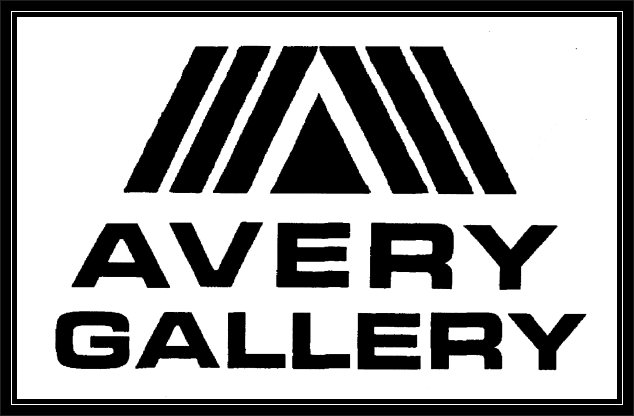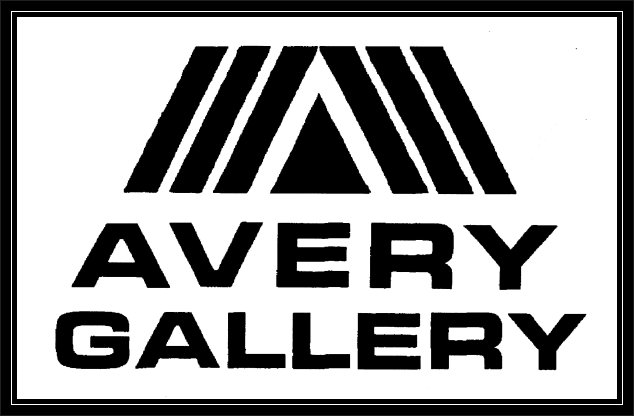Paul Jacoulet
Paul Jacoulet is best known for his striking portraits of the natives of Asia and the South Seas. He designed over 160 woodblock prints and oversaw their production in his workshop. Following in the collaborative tradition of ukiyo-evprintmaking, Jacoulet recruited talented carvers and printers who could duplicate the delicate lines of his drawings and watercolors. The exquisite quality of Jacoulet's prints was due in great part to his exacting standards, and his use of costly materials like mica, crushed pearl and powdered metals.
Born in Paris in 1896, Jacoulet was raised in Tokyo from an early age. His father Frederic Jacoulet was a university professor hired by the Japanese government to teach French to young aristocrats. Jacoulet was fluent in Japanese language and social customs, and he studied a wide range of traditional arts.
Around 1931, Jacoulet began to work with Shizuya Fujikake learning the craft of woodblock printmaking. In 1933, he established the Jacoulet Institute of Prints, and by the next year, he began publishing his own designs. With the exception of Jacoulet's 1934 Rainbow Series published by the Kato Institute, all of his prints were self-published.
Unlike many other shin hanga* publishers, he gave credit to his carvers and printers by including their names in the margins of his prints. He was also known for having extremely standards for both carving and printing and would discard any prints whose impression was not excellent. In a 1946 article in TIME magazine, Jacoulet claimed to use the earlier imperfect impressions of his prints to paper the floor of his chicken house.
Jacoulet remained in Japan through World War II and continued to produce prints up until the time of his death in 1960. Although many of his prints were sold by subscription, he also sold a number of prints to American military officers stationed in Japan.
Source:
Hanga gallery, www.hanga.com/bio.cfm?ID=28
Born in Paris in 1896, Jacoulet was raised in Tokyo from an early age. His father Frederic Jacoulet was a university professor hired by the Japanese government to teach French to young aristocrats. Jacoulet was fluent in Japanese language and social customs, and he studied a wide range of traditional arts.
Around 1931, Jacoulet began to work with Shizuya Fujikake learning the craft of woodblock printmaking. In 1933, he established the Jacoulet Institute of Prints, and by the next year, he began publishing his own designs. With the exception of Jacoulet's 1934 Rainbow Series published by the Kato Institute, all of his prints were self-published.
Unlike many other shin hanga* publishers, he gave credit to his carvers and printers by including their names in the margins of his prints. He was also known for having extremely standards for both carving and printing and would discard any prints whose impression was not excellent. In a 1946 article in TIME magazine, Jacoulet claimed to use the earlier imperfect impressions of his prints to paper the floor of his chicken house.
Jacoulet remained in Japan through World War II and continued to produce prints up until the time of his death in 1960. Although many of his prints were sold by subscription, he also sold a number of prints to American military officers stationed in Japan.
Source:
Hanga gallery, www.hanga.com/bio.cfm?ID=28
- "Self-Portrait"
- Wood Block Print
- 20" x 24"
- $3,500.00
© 2025
All Rights Reserved | Avery Gallery, Inc.




